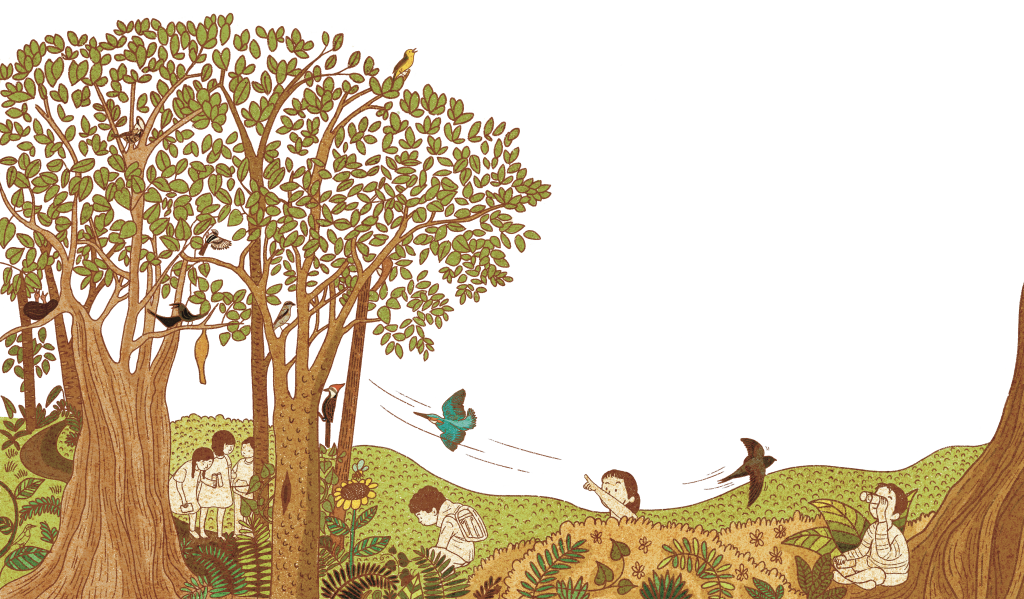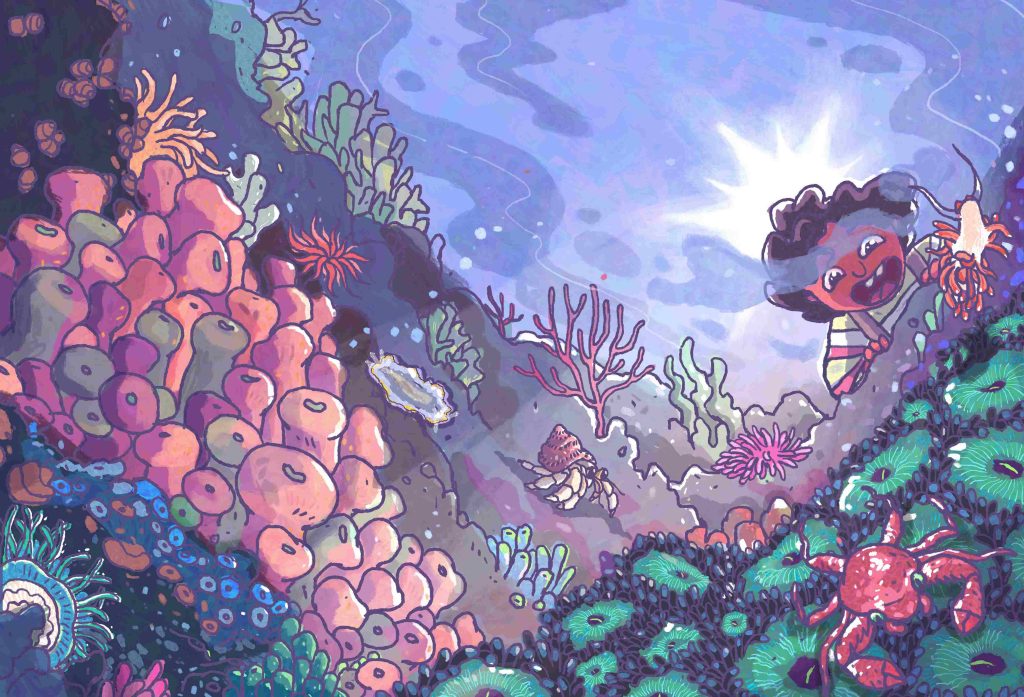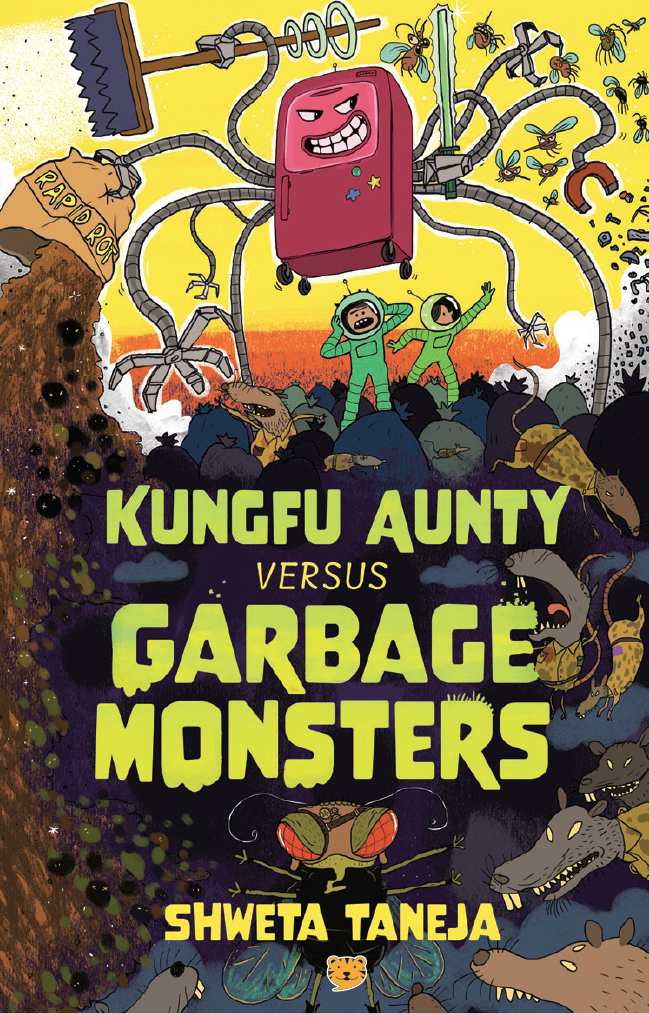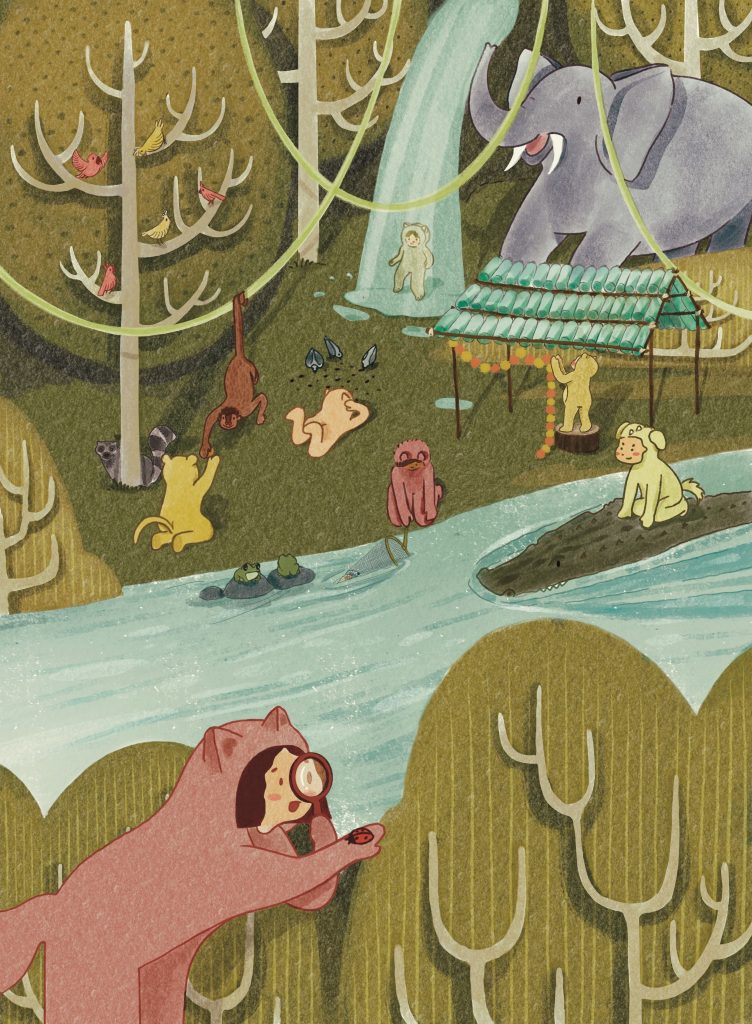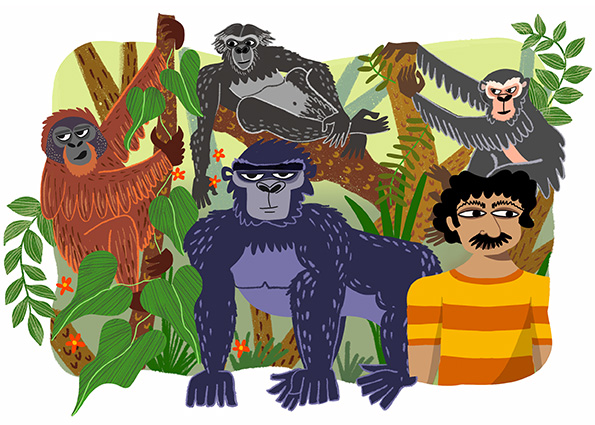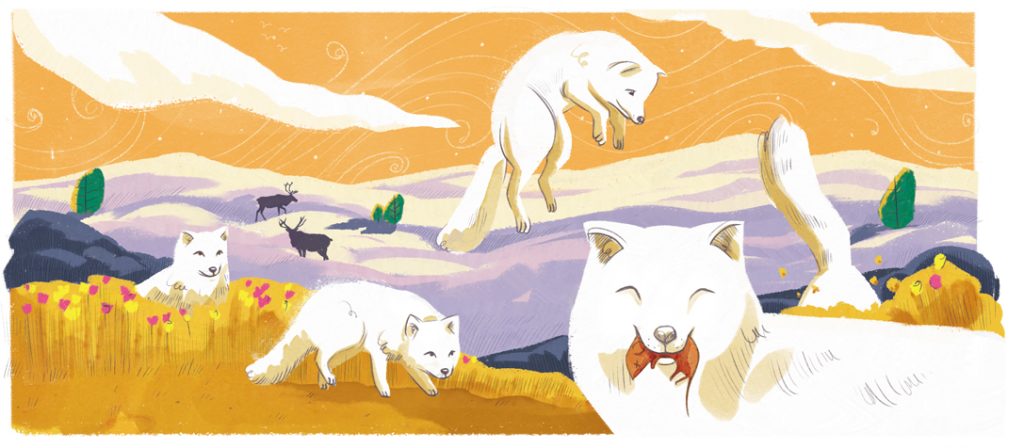My name is Ricko Jaya and I am 33 years old. I first fell in love with the “People of the Forest”, the meaning of “Orang Hutan” in the Indonesian language, when I was a student. They are truly incredible but also critically endangered, mostly because their home in the Indonesian rainforest is shrinking due to deforestation and large-scale agriculture expansion. Less than 15,000 of them are still roaming freely in the wild forests on the island of Sumatra. So I decided to take action.
Now I am a veterinarian at the Orangutan Information Centre, an organization that cares for injured Sumatran orangutans (Pongo abelii), and works to protect them and their habitat. We intervene when orangutans get too close to villages and could start raiding local farmers’ crops. Follow me today and I will describe to you how we save these beautiful creatures! It is August 21st, and I have received a phone call from a ‘local’ farmer, living 8 hours away from Medan, the capital city of North Sumatra province, where I live.
He and his friends have spotted a large male orangutan stranded in a deforested area, near their fruit orchards. He is malnourished and far from the forest with no high trees around for him to build his nest, in which he sleeps at night. I call my team, and the five of us prepare our equipment: ropes, a strong cage, veterinary supplies, and a landing net. We will drive all night to reach the village, then take a small boat to where we will finally find the orangutan. During an emergency case like this one, we forget to sleep: the safety of the orangutan comes first!
Now begins the most stressful part—catching the orangutan. He is big and scared and tired, so before we can catch him, we must put him to sleep using a tranquilizer dart. This doesn’t hurt the big boy, but it means we can transport him safely. One of the team takes aim with a tranquilizer gun. He fires and the dart hits the back of the orangutan, who will soon start to feel sleepy. Meanwhile, the rest of the team prepares a large landing net. After a few minutes, the male orangutan is falling asleep and begins slowly moving towards the ground. Soon we have him in the net. The most difficult part of the mission is accomplished!
Now, it is a race to get everything done before he starts to wake up. I have 10-15 minutes to conduct a medical check-up, make sure he is not injured, and provide vitamins and food supplements. Then we put him in a cage on the back of our pick-up truck and drive to the national park. The cage is heavy as it must be strong, and the orangutan weighs some 80 kilos. We reach a safe, quiet spot on the edge of the national park and lift the cage down. Most of the team now move back while one of us opens the door. The big orangutan slowly emerges from the cage, and turning towards us the last time, he climbs up into lianas and branches. I am sure he winked at us to say “thank you” before disappearing into the rainforest. Mission accomplished! Good luck big boy!
Special thanks to Fabien Garnier for his help with this article.
If you want to know more about the work of the Orangutan Information Centre and would like to support us, you can visit our websites:
-https://orangutancentre.org/
-https://www.orangutanssos.org/
Or follow us on Facebook:
-https://www.facebook.com/Orangutan-Information-Centre-249175758613943/?fref=ts
-https://www.facebook.com/orangutanssos/
